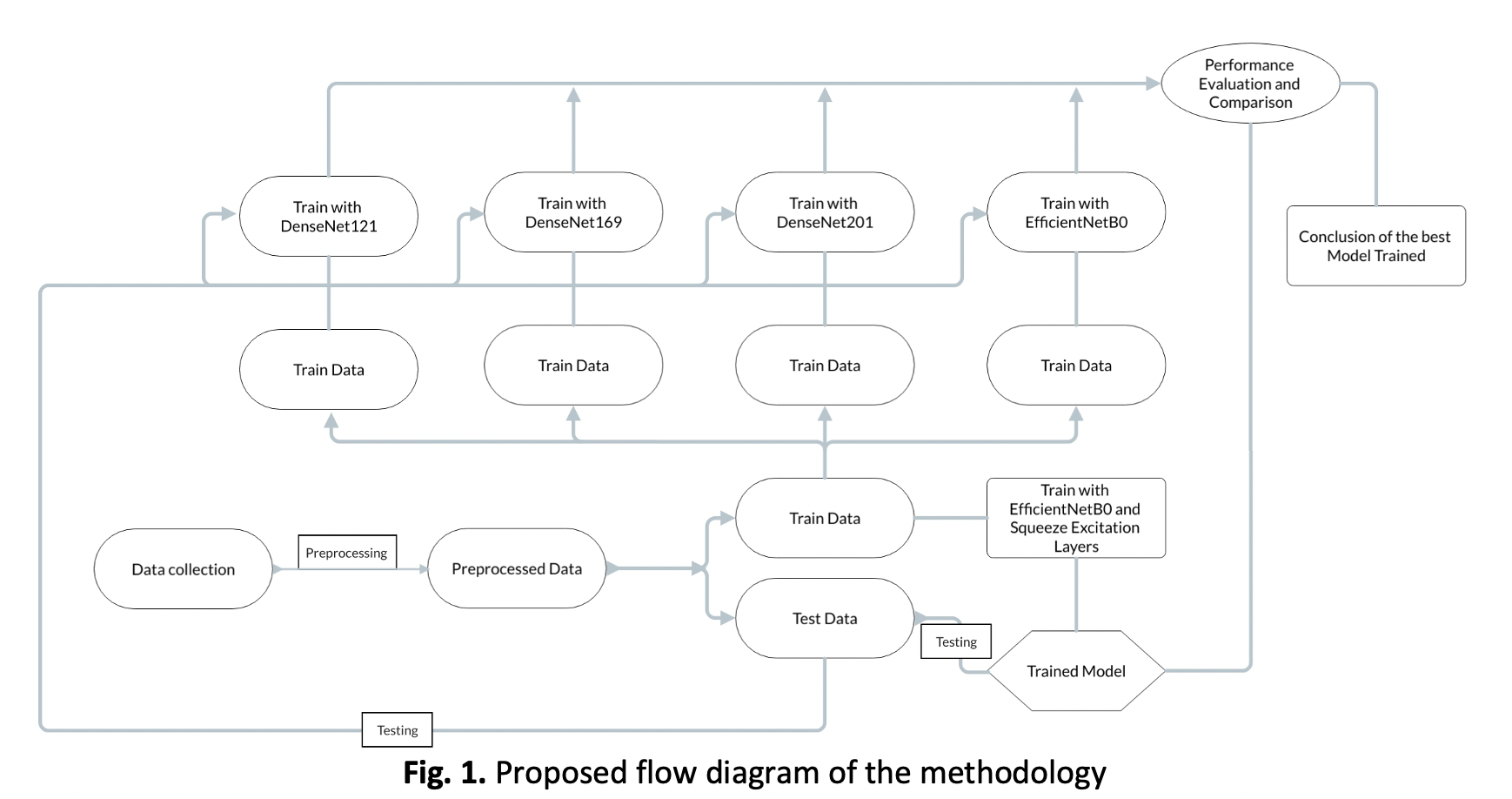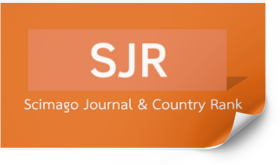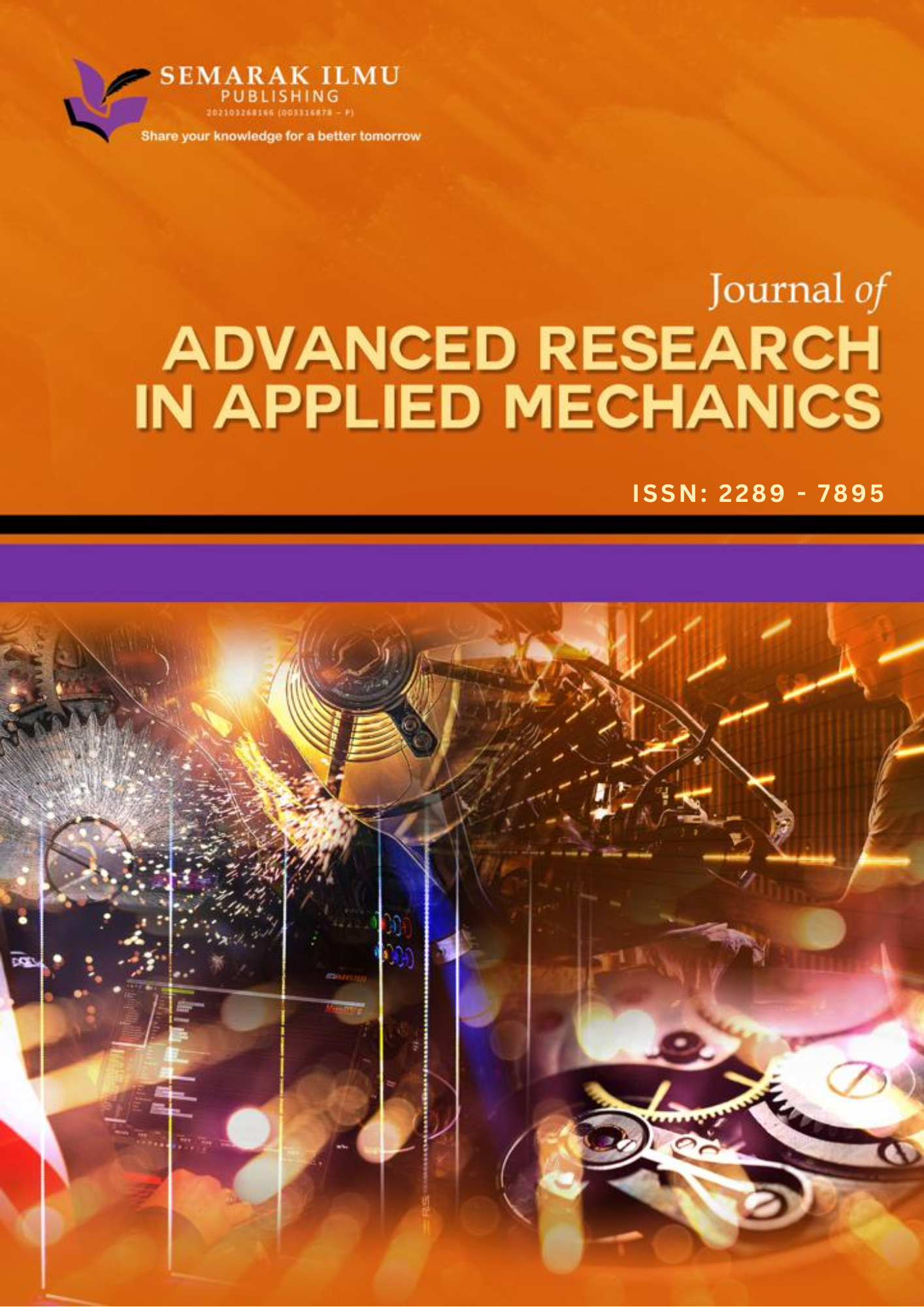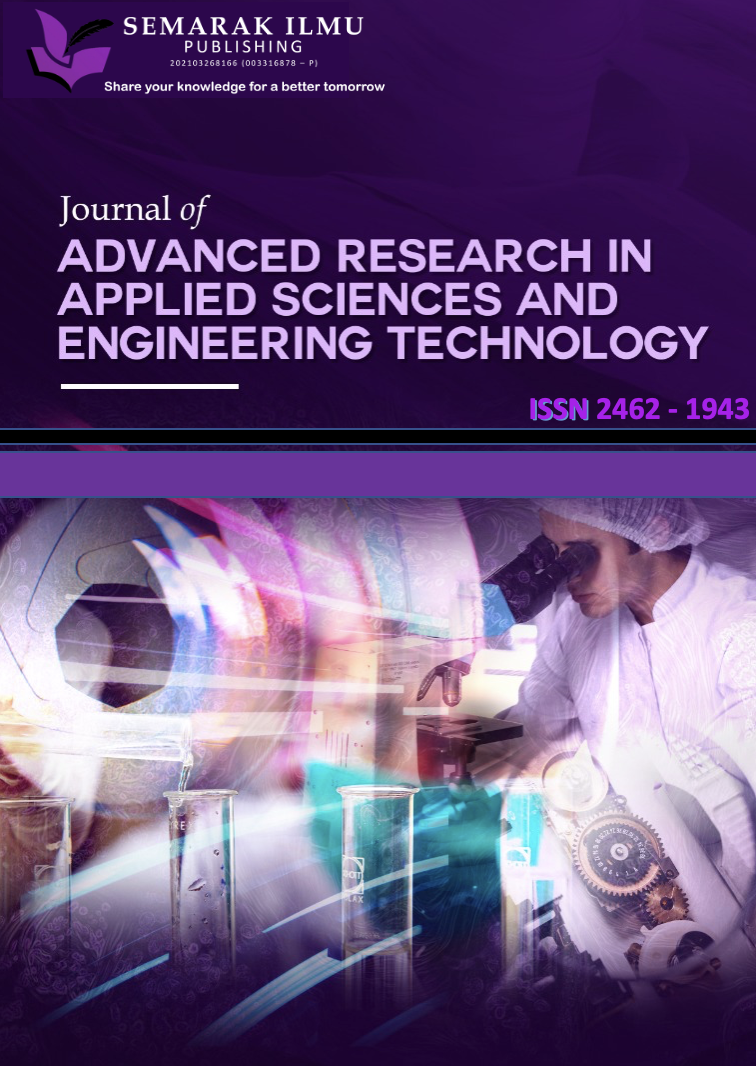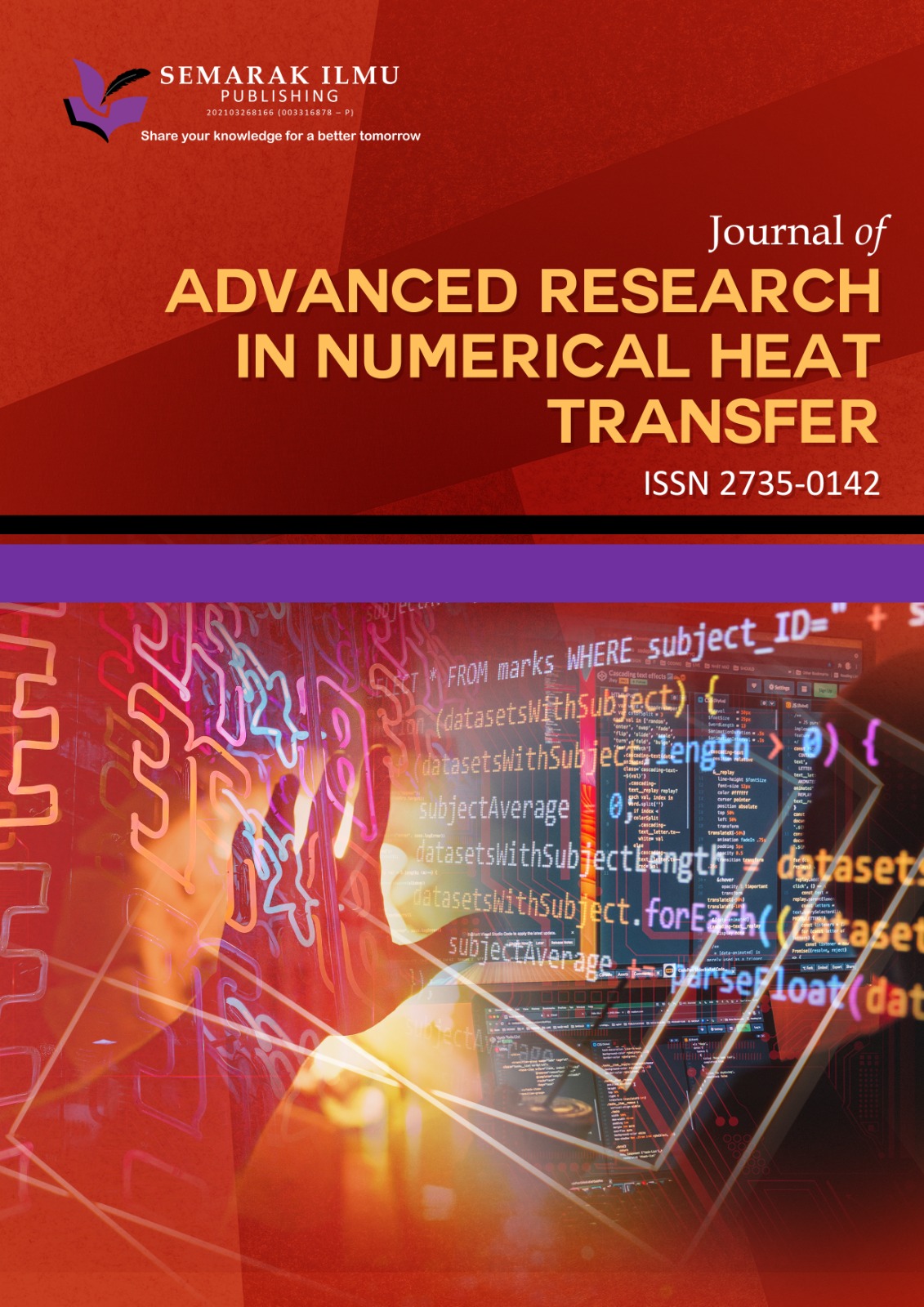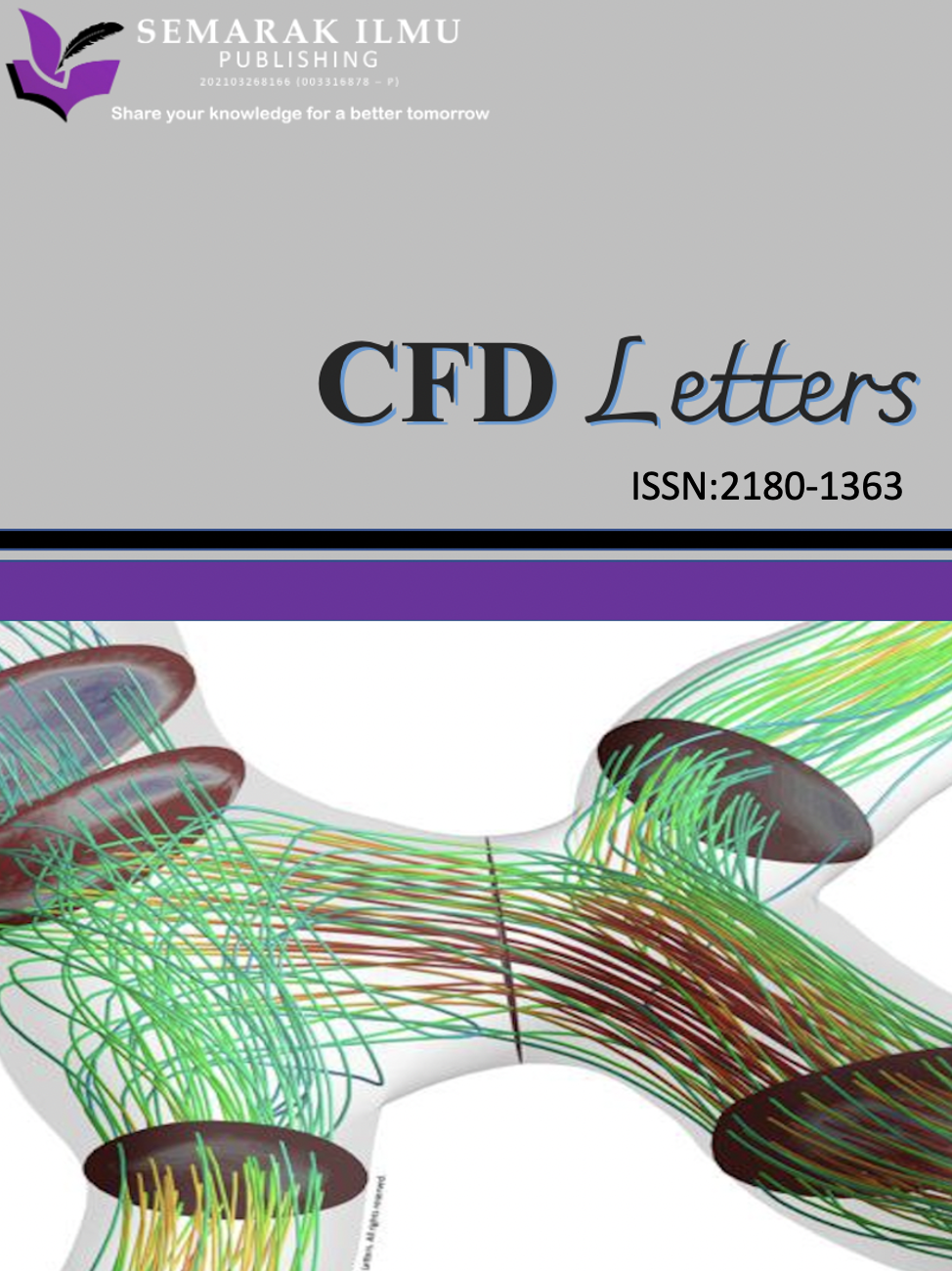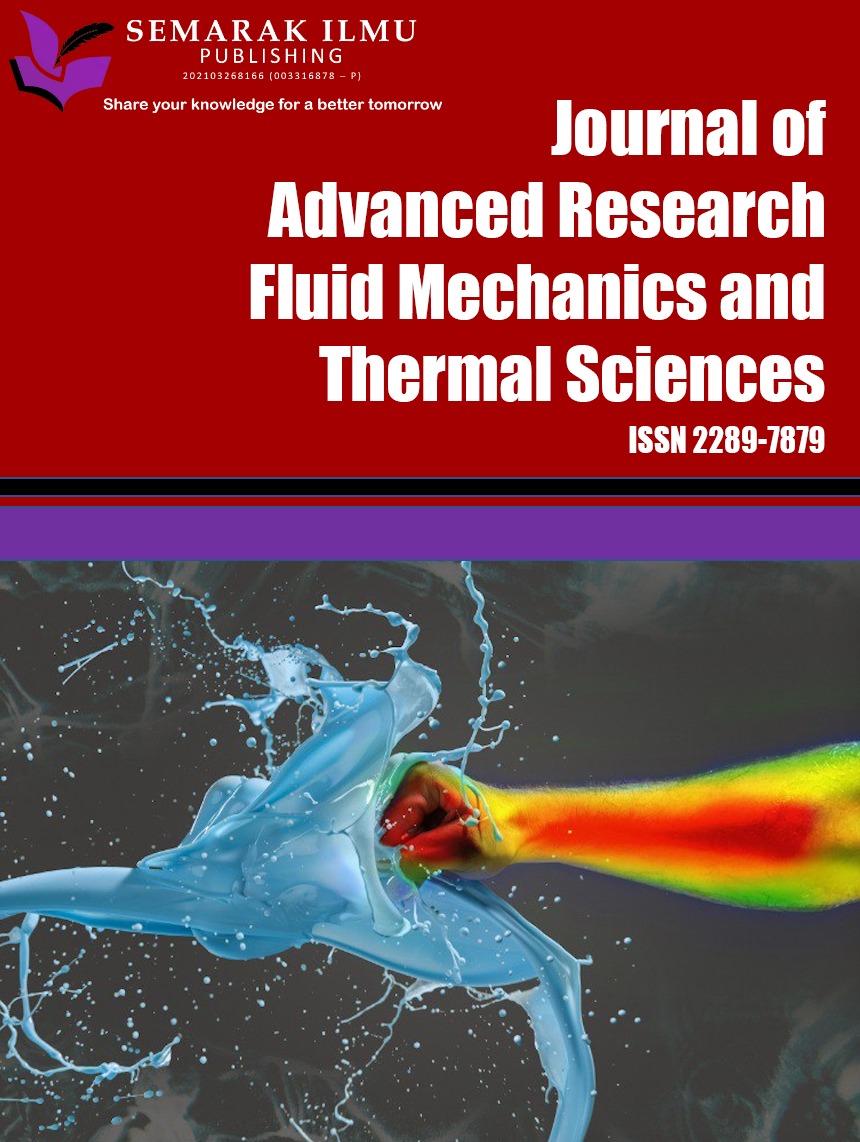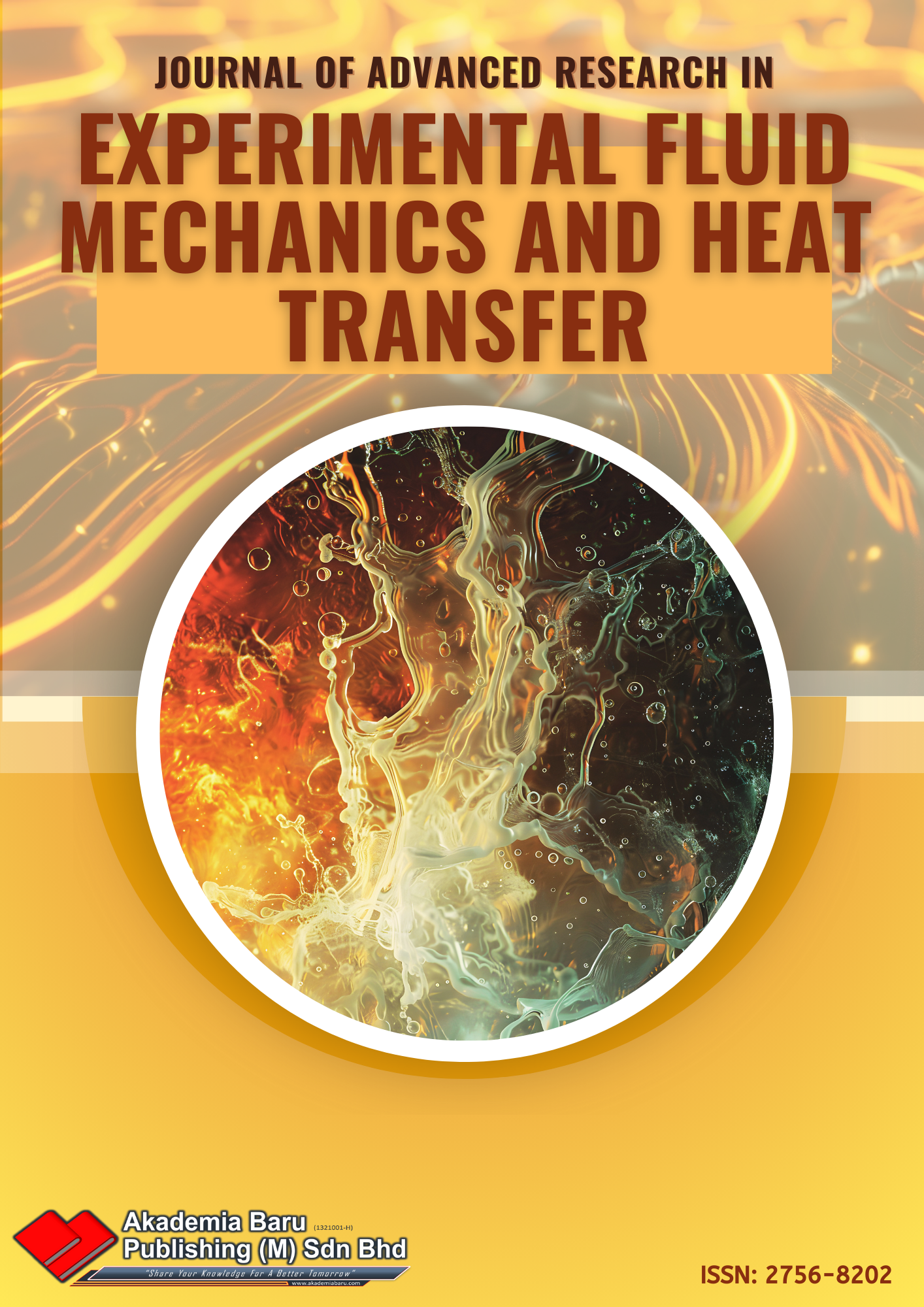Enhanced Detection of the Monkeypox Virus using Pretrained Deep Learning Models and Squeeze Excitation Layers
Keywords:
monkeypox, raw camera images, convolutional neural network, squeeze excitation layerAbstract
The present study aims to create a model that would help to classify viral skin disease images based on deep learning. The dataset used in the current study included 770 images that were taken with a normal camera, so-called raw camera images. This dataset consisted of four subtypes of diseases such as Normal, Monkeypox, Measles and Chickenpox. It should be mentioned that the current dataset was characterized with a class imbalance since the number of samples in each category was quite different. To address the problem with the class imbalance, the data were augmented by using the library Augmentator, which was then converted back to a dataset. The augmented dataset finally included 1000 images of each class. The parameters of the augmentation included rotate (10° left and 10° right, probability 0.7 each), flip left-right, probability 0.5 and the zoom with the area 0.8 and the probability 0.5. An augmented dataset was used to train convolutional neural network models such as DenseNet121, DenseNet169, DenseNet201 and EfficientNetB0. The generated augmented dataset was used for training and, afterwards, the models were validated based on the accuracy of the results. The validation results indicated that the most accurate model was. while DenseNet201 resulted in validation accuracy overperforming DenseNet169. Improved DenseNet121 had a validation dataset with accuracy equal to 99.08%. Moreover, EfficientNetB0 with a Squeeze Excitation layer was similarly efficient with a validation accuracy estimated to be. Additionally, the network had a validation accuracy of 99.41% without the problem of overfitting. The results imply that data augmentation and certain CNNs are effective in image classification.
Downloads
